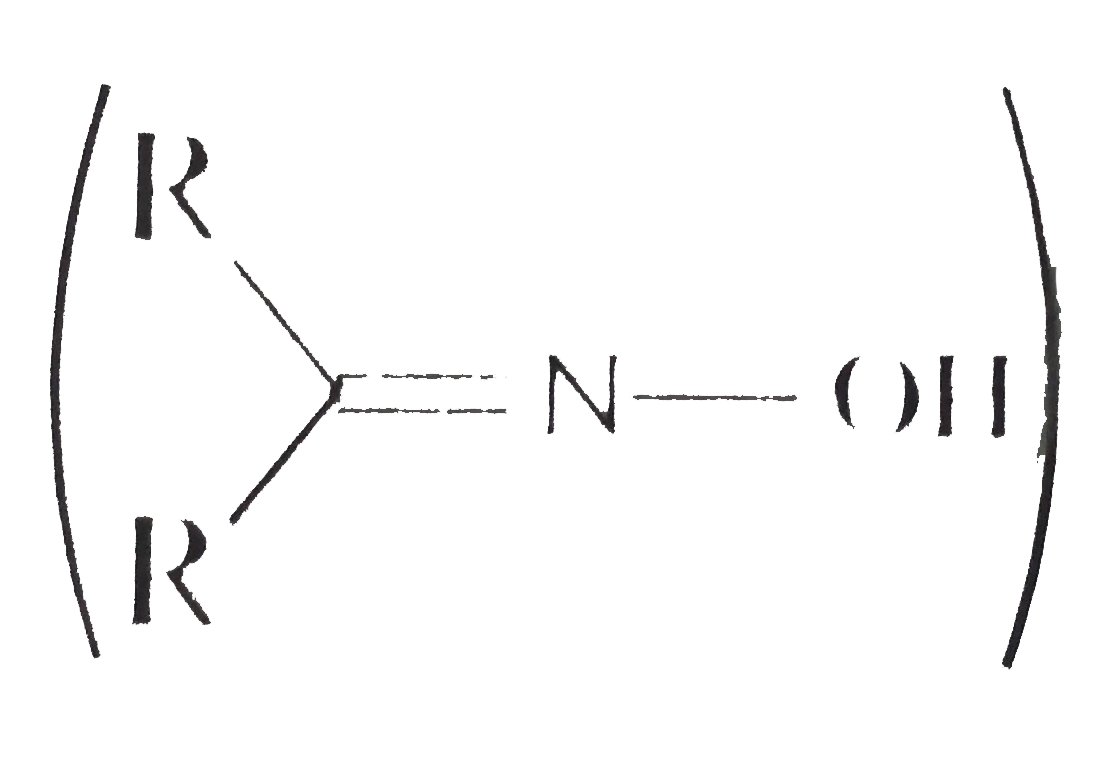Conjugate base of ΘOH is
H2O
H3O⊕
H⊕
O2−
The correct Answer is:D
To find the conjugate base of OH−, we can follow these steps:
Step 1: Understand the Concept of Conjugate Bases
A conjugate base is formed when an acid donates a proton (H+). In this case, OH− acts as an acid.
Hint: Remember that the conjugate base is what remains after an acid loses a proton.
Step 2: Identify the Species
The species we are dealing with is OH−, which is the hydroxide ion.
Hint: Identify the ion and its charge before proceeding to the next step.
Step 3: Remove a Proton
When OH− loses a proton (H+), we need to determine what remains. The removal of H+ from OH− can be represented as:
OH−→O2−+H+
Hint: Think about what happens to the charge of the ion when a proton is removed.
Step 4: Determine the Resulting Ion
After the removal of the proton, the remaining species is O2−, which is the oxide ion.
Hint: Make sure to check the charge of the resulting ion after the proton is removed.
Conclusion
Thus, the conjugate base of OH− is O2−.
Final Answer: The conjugate base of OH− is O2−.
A conjugate base is formed when an acid donates a proton (H+). In this case, OH− acts as an acid.
The species we are dealing with is OH−, which is the hydroxide ion.
When OH− loses a proton (H+), we need to determine what remains. The removal of H+ from OH− can be represented as:
OH−→O2−+H+
After the removal of the proton, the remaining species is O2−, which is the oxide ion.
Thus, the conjugate base of OH− is O2−.
Topper's Solved these Questions
- IONIC EQUILIBRIUMBOOK - CENGAGE CHEMISTRY ENGLISHCHAPTER - IONIC EQUILIBRIUMEXERCISE - Exercises Assertion-Reasoning
36 Videos
- IONIC EQUILIBRIUMBOOK - CENGAGE CHEMISTRY ENGLISHCHAPTER - IONIC EQUILIBRIUMEXERCISE - Exercises Integer
10 Videos
- IONIC EQUILIBRIUMBOOK - CENGAGE CHEMISTRY ENGLISHCHAPTER - IONIC EQUILIBRIUMEXERCISE - Exercises Multiple Correct
33 Videos
- HYDROGEN, WATER AND HYDROGEN PEROXIDEBOOK - CENGAGE CHEMISTRY ENGLISHCHAPTER - HYDROGEN, WATER AND HYDROGEN PEROXIDEEXERCISE - Subjective Archive (Subjective)
3 Videos
- ISOMERISMBOOK - CENGAGE CHEMISTRY ENGLISHCHAPTER - ISOMERISMEXERCISE - Assertion-Reasoning Type
1 Videos
Similar Questions
Knowledge Check
Conjugate base of a strong acid is
Aa weak baseBa strong baseCneutralDa weak acid.
The conjugate base of (CH3)2+NH2 is :-
View SolutionThe pH of a solution 7.00. To this solution, sufficient base is added to increase the pH to 12.0. The increase in ΘOH ion concentration is
View SolutionThe salt Zn(OH)2 is involved in the following two equilibria:
Zn(OH)2(s)⇔Zn3+(aq)+2ΘOH(aq)Ksp=1.2×10−17
Zn(OH)2(s)+2ΘOH⇔Zn(OH)2−4(aq)Kf=0.12
Calculate ∣∣∣ΘOH∣∣∣ at which solubility of Zn(OH)2 be a minimum. Also find the solubility of Zn(OH)2 at this pH.
View SolutionOxides
 are more acidic than hydroxylamine (NH2OH).
are more acidic than hydroxylamine (NH2OH).
Conjugate base of oxime is resonance stabilised.
View SolutionThe conjugate base of H2PO−4 is :
View SolutionThe conjugate base of H2PO−4 is :
View SolutionAcidic solution is defined as a solution whose [H⊕]>[ΘOH]. Base solution has [ΘOH]>[H⊕]. During acid-base titrations, pH of the mixture will change depending on the amount base added. This variation is shown in the form of graph by making plot as titration curves 100mL of 1.0MH3A(Ka1=10−3,Ka2=10−5,Ka3=10−7) is titrated against 0.1MNaOh. The titration curve is as follows.

What will be the change in pH from point B to point C?
View Solution
